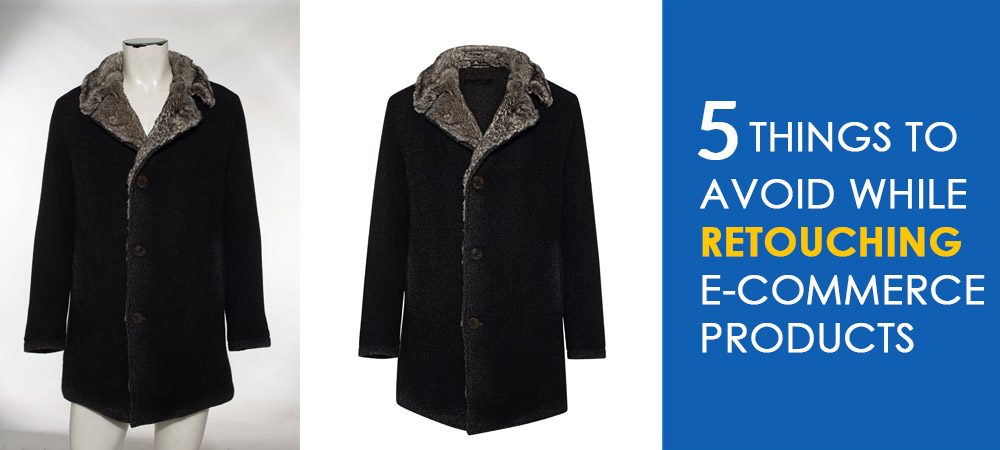The basic product photo standards have grown in this image-saturated era due to the availability of photo retouching tools, filters, camera quality and affordability, and, of course, the popularity on social media sites. The principles of marketing dictate that digital content is paramount.
Irrespective of how the photographer shoots the products, photo retouching professionals are responsible for transforming the product image into a masterpiece. The image has to be eye-catchy and turn viewers into potential clients. It is obvious because poor-quality images give a negative insight into the product and the brand. Great photos increase the conversion rates in online shopping.
Photo retouchers and retouching services focus on highlighting the brand and making it stand apart from its competition. So there are various factors that are involved in making a product photo a knockout. One of the factors is the right product retouching. As newbies or amateurs, people often spoil the images, which can turn out to be masterpieces. Here are five things to avoid while retouching eCommerce product images.
Disturbing backgrounds
The background should be effective since it has a great effect on the product photo. If your photo background is just not good enough, the photo won’t be able to persuade buyers. For e-commerce images, a clear background is necessary. The photo will then appear more appealing and less distracting. When the background is normal, the client will be able to view the products.
The pen tool in Adobe Photoshop is the best tool for background removal. It also has a quick selection tool (Select and Mask), but it leaves the product’s outline to Photoshop(automation) rather than handing you full control.
It is advisable to outsource product background retouching to eCommerce photo retouching services to get professional background removal and ghost mannequin effect. Do not rely on software to automatically remove background from the image. The software cannot edit minute details of the images.

Editing Reflections
When capturing a reflecting product, reflection is a typical problem. If not done wisely by the retoucher, reflection might turn out to be the most destructive element of the image. Besides that, allowing the reflection to be in the photo is unprofessional. Whether it’s the product’s surface or the product itself, make sure that the reflection is removed as well as the frame. This is the most obvious error in eCommerce image retouching. On the other hand, do add reflection shadows and drop shadows to the images. These are to create authenticity to the product. The product’s reflection shadows and drop shadows are usually present on the second or later shots of the product. The first image shown on the website is mostly the front face of the product.

Consistency
Of the most common errors in photo retouching with eCommerce product photos is inconsistency. Even though one product differs from the others, the manner in which it is presented should be consistent. Ensure that the composition, lighting, and shadows of all photos are perfectly consistent among all products.
All of the photographs which will be retouched should have the same aspect ratio. It could be cropping or the margins that should be left in an image. Moreover, make sure that your product image is not unfairly cropped so that it fits the whole image. Allow some negative space around the product and, at the absolute least, make sure that no aspect of the product, including the shadows, is cropped unevenly.
The ideal approach to crop the image is to try to follow the rule of thirds, golden ratio, and other compositional guidelines in order to produce the best outcome from the customer’s perspective.
Color Correction mistakes
Color correcting is the most significant of product retouching. The photographer was not attentive to the camera’s white balance during the shoot. However, it’s possible that the lighting used left a little blue shade on the products, that the light changed during the shoot, or that the photographer swapped cameras between sessions. Color correcting ensures that pictures are consistent.
Adjust the color balance of your images using whatever software you’re using until the colors match the hues of the products in real life. You want clients to make wise purchasing decisions based on accurate visual information. Customers rely on your visuals to decide whether or not to buy, so keep them in mind at all times.
Remember that contrast will make the photograph’s light areas lighter and the dark areas darker, generating a more noticeable contrast between the two. Increasing the exposure will make the entire image brighter while reducing it will make the image darker. Keep these points in mind before beginning color correction.

HDR Effects
HDR is a tool that improves images by bringing the highlights and shadows to a more dynamic level. It darkens the shadows and enhances the colors that are highlighted. Most of the time, it may do wonders to images, but the incorrect practice has recently made it one of the most common errors in product photo retouching, such as in jewelry photos.
We’ve seen some newbies set the HDR settings to the extreme, resulting in too many whites in the highlights and too much gloom in the shadows. When the contrast in your HDR is increased to a certain degree, the highlights begin to turn white, and the shadows get darker. As a result, the product’s details are lost, which is important in product photo retouching.
Conclusion
Erase these details to make the product images appear to be too much of nothing. Avoid such photo retouching errors by ensuring that everything is in place and that the final product is simple to accept by human eyes, with all details taken into account.
Furthermore, ensure that no major tweaks or marks are left behind in any of the photos. It will make it easier for your customers to compare items and then make a purchase on the eCommerce site.

